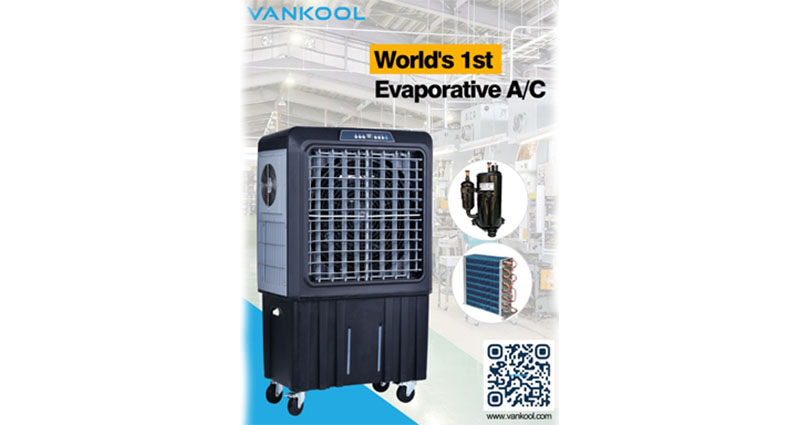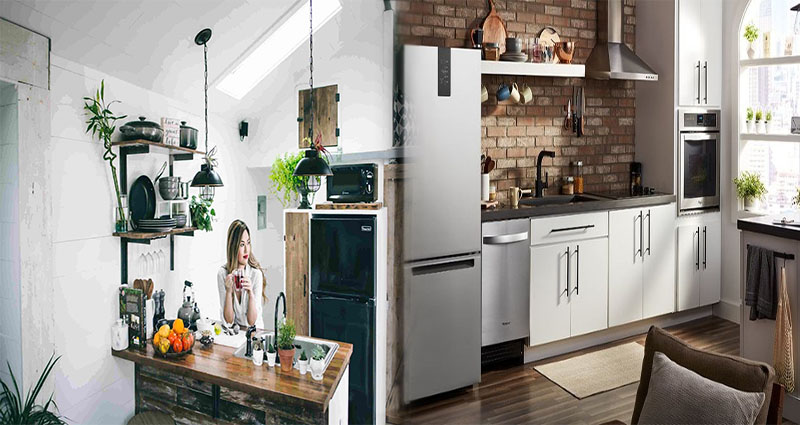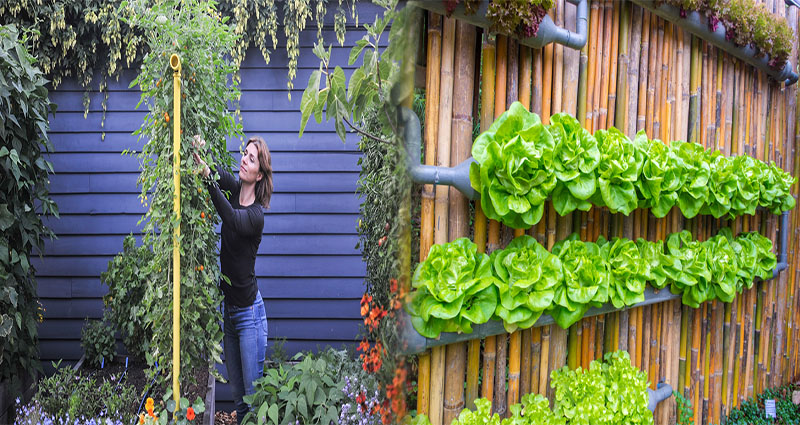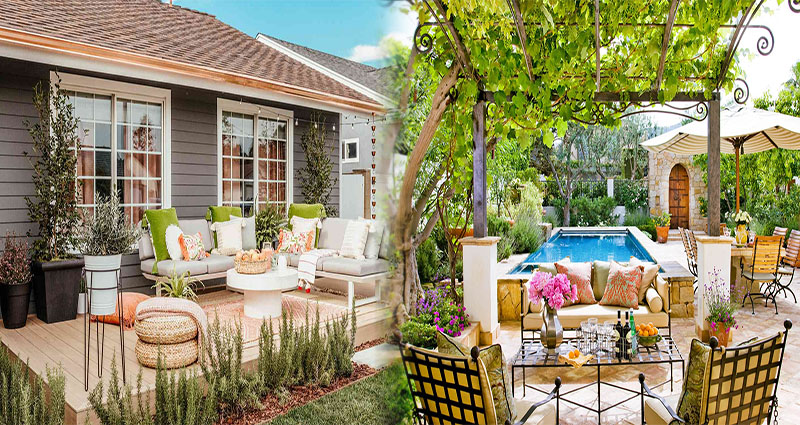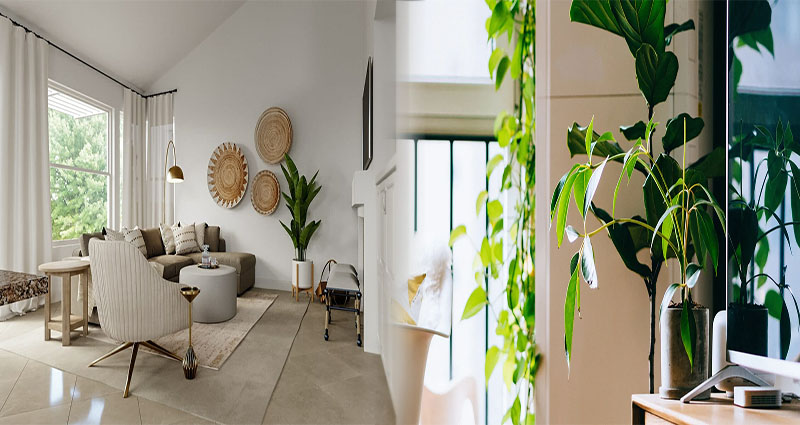Evaporative Air Conditioner: The Cool Innovation for a Sustainable Future
In the realm of cooling technology, the Evaporative Air Conditioner stands out as an eco-friendly and energy-efficient champion. This ingenious appliance, often referred to as a swamp cooler or desert cooler, offers a refreshing alternative to traditional air conditioning systems. As we embark on this journey, we will unravel the captivating story of evaporative air conditioners, exploring their inner workings and the multitude of benefits they bring to the table.
The Essence of Evaporative Air Conditioning
At its core, an evaporative air conditioner is a device that harnesses the cooling power of water evaporation to lower the temperature in an enclosed space. It operates on a simple yet effective principle: the transformation of warm, dry air into a cooler, more comfortable environment. This technology works wonders in dry and arid regions, making it particularly popular in places with low humidity.
How Evaporative Air Conditioners Work
The magic of an evaporative air conditioner unfolds with each cycle. Here’s a glimpse into the process:
- Air Intake: Warm, dry air from the outside is drawn into the unit through a series of vents and filters.
- Water Soaking: This incoming air passes through water-saturated pads or media. These pads are designed to absorb and retain water, transforming the dry air into a moist, cooler state.
- Evaporation: As the air passes through the wet pads, the heat from the incoming air causes the water to evaporate. This phase change from liquid to vapor consumes energy, resulting in a significant drop in air temperature.
- Cool, Moist Air: The air that exits the unit is cooler and laden with moisture, creating a refreshing and comfortable indoor environment.
- Exhaust: The warm air is exhausted outside, leaving behind a cooler, more pleasant atmosphere inside.
Advantages of Evaporative Air Conditioning
The evaporative air conditioner offers … READ MORE

